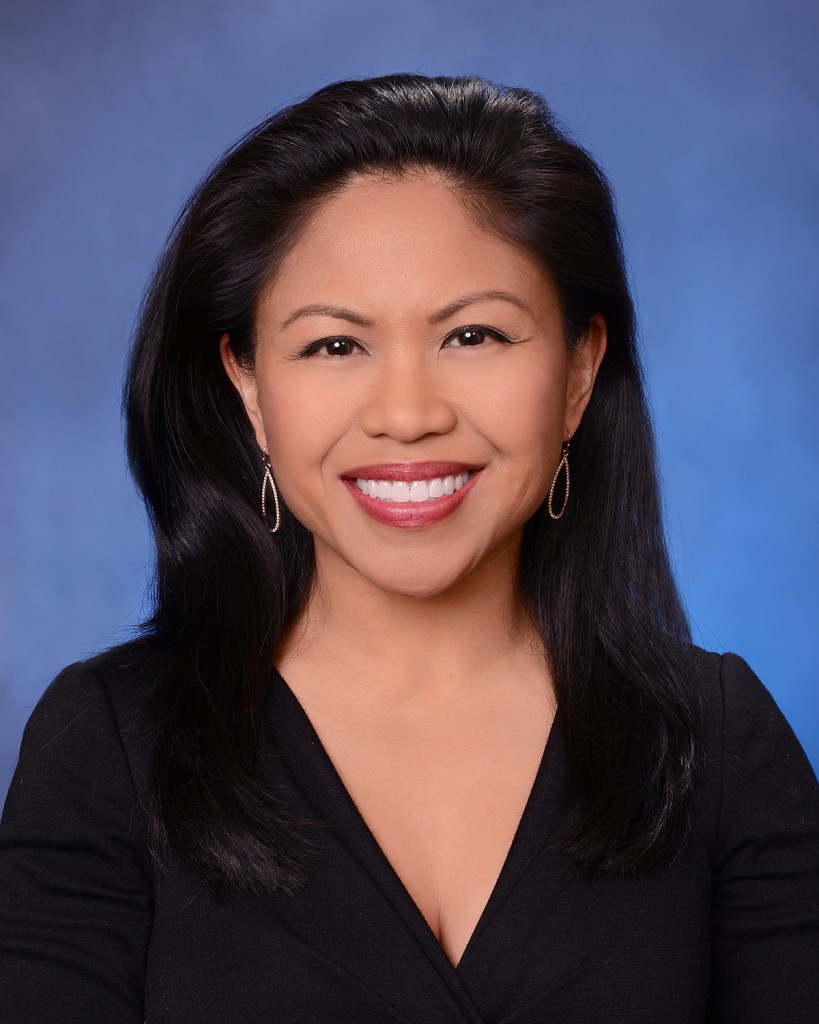By Dr. Jennifer Jimenez Maraña, Director of Diversity and Inclusion at Broadmead
www.broadmead.org
In his video series “Uncomfortable Conversations with a Black Man,” Emmanuel Acho reads a letter from a White woman who grew up in the 1940s. She wrote that racism was embedded in her experience growing up, but now she has been listening and is still learning. She asked that Acho and others “not give up” on people like her, adding, “I’m awake now and determined to wake others up.” When I shared the video with a group of residents I work with at Broadmead, a life plan community in Cockeysville, Maryland, some of them acknowledged that the letter could have easily been written by them.

As Director of Diversity and Inclusion at Broadmead, I have the privilege of working with adults ranging in age from their 60s to over 100. Our life plan community, often referred to as a continuing care retirement community, offers multiple levels of care for older adults and is located on 94 acres of sprawling countryside. Residents can enjoy independent living with a variety of amenities and without the worries of home maintenance. Should residents need additional assistance and services, our community includes assisted living, memory care, and skilled nursing. This environment is ripe with active and engaged residents who continue to expand their own learning and development, and take time to deepen their relationships with one another.
In partnership with staff and residents throughout the last year, we have facilitated diversity training, lectures, and programs and hosted trips to the National Museum of African American History and Culture. We have also spent time in the local community, sharing information about Broadmead’s journey to becoming a more welcoming community and building relationships with individuals and organizations committed to diversity and inclusion.
COVID-19 has kept many Broadmead community members isolated from one another for everyone’s health and safety, yet recent incidents of racial unrest and the ensuing protests have opened the door for us to engage with one another more deeply. Although this engagement occurs most often by phone or Zoom, and at times, socially-distanced and wearing masks, the interactions are happening. Conversations are taking place about race, privilege, difference, the messages about racism taught in childhood, and what we can do to make our community truly diverse and welcoming.
Some of these conversations have been infused into the very fabric of Broadmead through activities that were already in place. The poetry group has been discussing the poetry of African American poets. Book groups are reading African American writers. Some members of the writer’s group have written about and shared their experiences and memories involving race and race relations. Open Forum, a resident-sponsored group that brings journalists, politicians
and researchers to Broadmead to discuss current issues, recently hosted a program on “Black Lives Matter: What Have We Learned?” with Taylor Branch, a Pulitzer Prize and Emmy Award winning civil rights historian. One of our residents, who has been an educator, administrator, and counselor, hosted a dialogue series on “Talking about Race & Ways White People Can Help.”
Other conversations have been prompted by a weekly Moment of Silence, often focusing on a question for reflection. This naturally grew out of Broadmead’s history as a life plan community rooted in Quaker values. The Moment of Silence began after George Floyd’s murder as an opportunity for the community to share a time for peace and reflection, to listen to the “still, small voice” within. Some residents have initiated discussion groups among their neighbors to discuss the week’s topic and learn more about each other’s diverse perspectives and experiences. A weekly Zoom dialogue is held for those who feel more comfortable conversing virtually.
Other residents have chosen to engage in different kinds of activities. Some donate to organizations committed to racial justice. Others have been vocal about their support for our employees, particularly employees of color, during this time of racial unrest. Still others are taking the time to read and explore resources on their own to deepen their understanding.
There are two large signs at the entrance to Broadmead. One says, “We’re All In This Together.” The other says, “Together We Can.” We initially hung those signs because we anticipated the challenges that the pandemic would bring and sought to be proactive in how we would tackle those challenges together. The messages also ring true for how we are working through America’s racial divide in our Broadmead community. We recognize that “we’re all in this together,” and “together we can” bridge the racial divide.
 Asian Fortune Your source for all things Asian American
Asian Fortune Your source for all things Asian American




